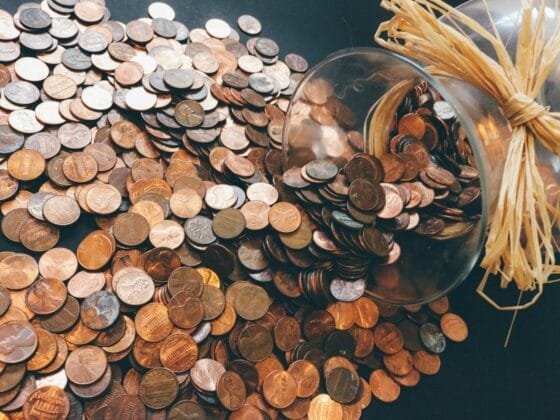Money Generating:
- This describes activities or entities that bring in more money than they spend.
- Ideally, this results in a positive cash flow, meaning there’s more money coming in than going out.
- Examples:
- A profitable business that sells products or services for more than it costs to produce them.
- An investment that generates a return, like stock dividends or rental income from a property.
- Examples:

Money Burning:
- This refers to activities or entities that spend more money than they bring in.
- This results in a negative cash flow, meaning the entity is using up its financial resources.
- Examples:
- A startup company that is investing heavily in growth and customer acquisition before becoming profitable.
- A research and development project that requires significant upfront costs before generating any revenue.
- Examples:

It’s important to note that money burning isn’t always negative.
- In some cases, it can be a necessary strategy for growth. For example, a startup might need to spend heavily on marketing and advertising to acquire customers initially.
- The key is to have a clear plan for how the money being spent will eventually lead to profitability.
Here’s a table summarizing the key points:
| Feature | Money Generating | Money Burning |
| Cash Flow | Positive | Negative |
| Activity | Brings in more money than spent | Spends more money than brought in |
| Examples | Profitable business, income-generating investments | Startups, R&D projects |
| Sustainability (Long-term) | Preferred for long-term financial health | May be acceptable for short-term growth, needs a plan for profitability eventually |
I hope this clarifies the difference between money generating and money burning!
The terms “money generating” and “money burning” refer to opposite ends of the financial spectrum. Here’s a breakdown to understand the key differences:
Money Generating:
- This refers to activities, projects, or businesses that bring in more money than they spend.
- The goal is to create a positive cash flow, meaning revenue exceeds expenses.
- Examples:
- A profitable company selling products or services.
- An investment portfolio generating returns through dividends or interest.
- Saving money by reducing expenses.
Money Burning:
- This refers to activities that consume money faster than they generate it.
- It results in a negative cash flow, where expenses are higher than revenue.
- Examples:
- A startup company spending heavily on marketing and development before becoming profitable.
- A person living beyond their means and accumulating debt.
- An investment strategy with high fees and negative returns.
Context Matters:
- Startups: Some startups, especially in tech sectors, might burn cash initially to acquire users or develop new technologies. The expectation is that future growth will lead to profitability.
- Turnaround Situations: Companies facing financial difficulties might need to spend money to restructure or invest in new areas to become profitable again.
Burn Rate:
- This is a metric used to measure the rate at which a company is spending its cash. A high burn rate can be a red flag, especially if the company doesn’t have a clear path to profitability.
Sustainability:
- While some money burning might be strategic, the ultimate goal is to achieve financial sustainability. A business model that consistently burns cash is not sustainable in the long run.
Here’s an analogy:
Think of money generating activities like planting a seed. It takes time and care, but eventually, it can grow into a plant that bears fruit. Money burning is like watering a dead plant – you might be putting in effort, but you’re not getting anything back.

 Add to favorites
Add to favorites








